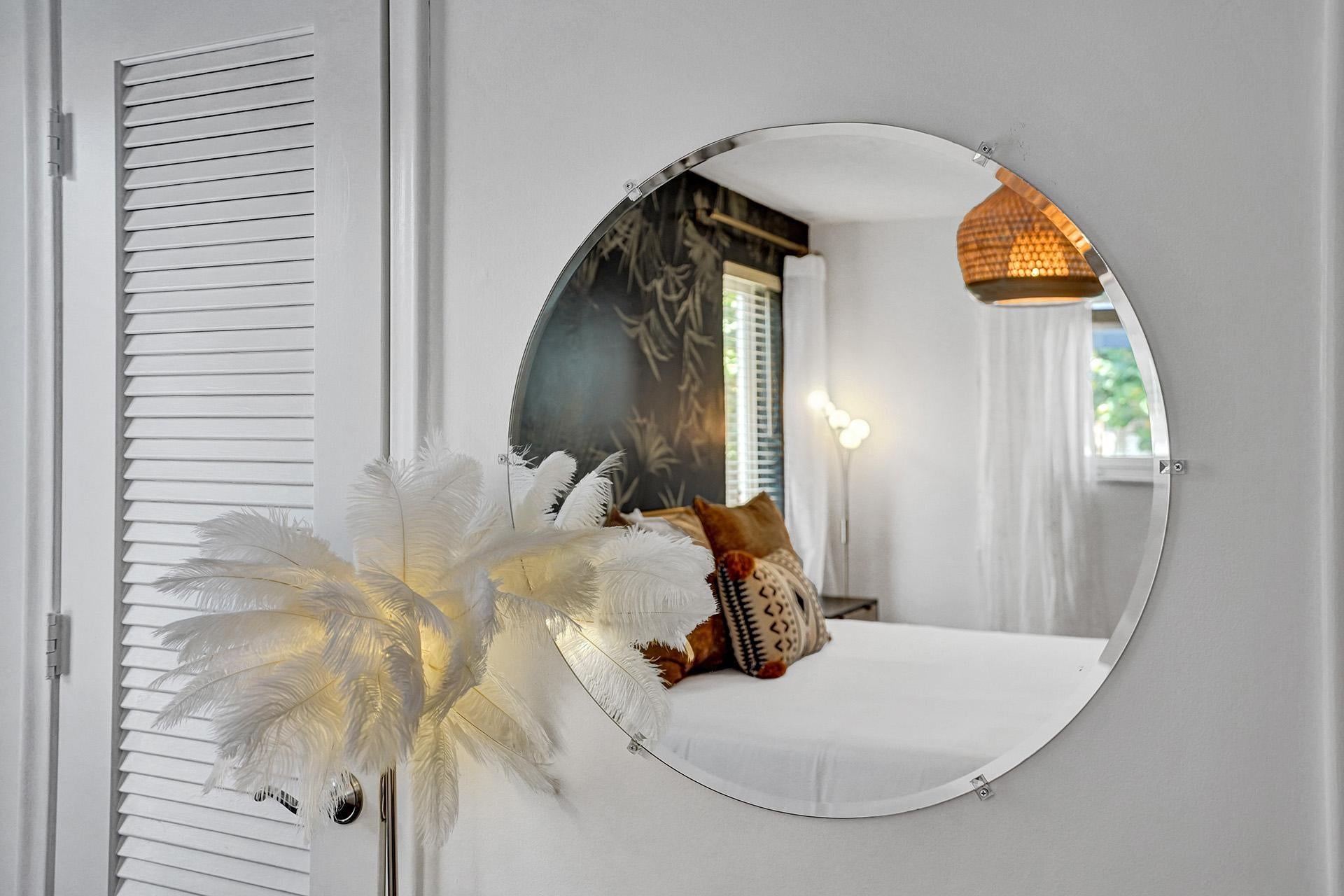Multi-Sensory Interior Design: Creating Spaces that Engage All the Senses

As an interior designer who specializes in multi-sensory design method, I aim to engage all of your senses in the spaces I create. I believe that by incorporating various sensory elements, we can create environments that are not only visually stunning, but also emotionally evocative. So today, I want to share with you some of my insights and examples of how I create multi-sensory spaces that are welcoming, comfortable, and unforgettable.
The Importance of Multi-Sensory Design
Interior design is driven by the space intended function or purpose. Most interior designers focuses primarily on the visual elements of the space. While this is undoubtedly important, they only scratch the surface of what makes a space truly engaging. By incorporating other sensory elements such as sound, touch, and scent, I can create environments that are not only visually appealing but also emotionally evocative.
Multi-sensory design is particularly important in commercial spaces such as retail stores and restaurants, where the goal is to create an experience that encourages customers to stay longer, spend more money, and return again in the future. However, it's also relevant in residential space.
The goal of every designer is to create a home that is comfortable, inviting, and reflective of the owner's personality. The multi-sensory design approach add-on to it, and offers a powerful tool for shaping the human experience, it can be used in a wide range of applications to achieve desired (or, may I say designed) outcomes.
Engaging the Senses: The Multi-Sensory Approach
Creating a multi-sensory environment involves considering all the elements of a space, including temperature, lighting, color, texture, retheme and sound, scent and even taste. Here are some examples to engage the senses;
Visual: Is still an essential part of interior design. However, multi-sensory design goes beyond just choosing a color palette and furniture. Lighting, for example, can be used to create a mood or highlight specific features in a space. But what if the light is designed to increase serotonin in the office space, or Melatonin in the bedroom? What color promote focus vs. relaxation?
Texture: Can add dimension and interest to a space. but it can also determine if a person is feeling warm and cozy or cold and alert.
Sound: Is often-overlooked, Sound has the power to influence a person's focus, stress levels, and even their heart rate, it could enhance the feeling of uplifting or grounding.
Scent: Scent is a powerful sensory element that can evoke emotions, memories, and even influence behavior. Research has shown that certain scents can trigger specific responses in people, such as increasing alertness, reducing stress and anxiety, or even improving productivity.
Determine to find the best implementation for my clients I realized there was a gap between the home use diffusers and the ones that was available for commercial use. After scorching for the best technology available, best materials, and overall best value for the money, I'm proud to introduce Scent Sail Home Diffusers. The machines are so easy to program and install and the fragrances are incredible.
Meital May
Reef REI Interior design
Scent Sail

